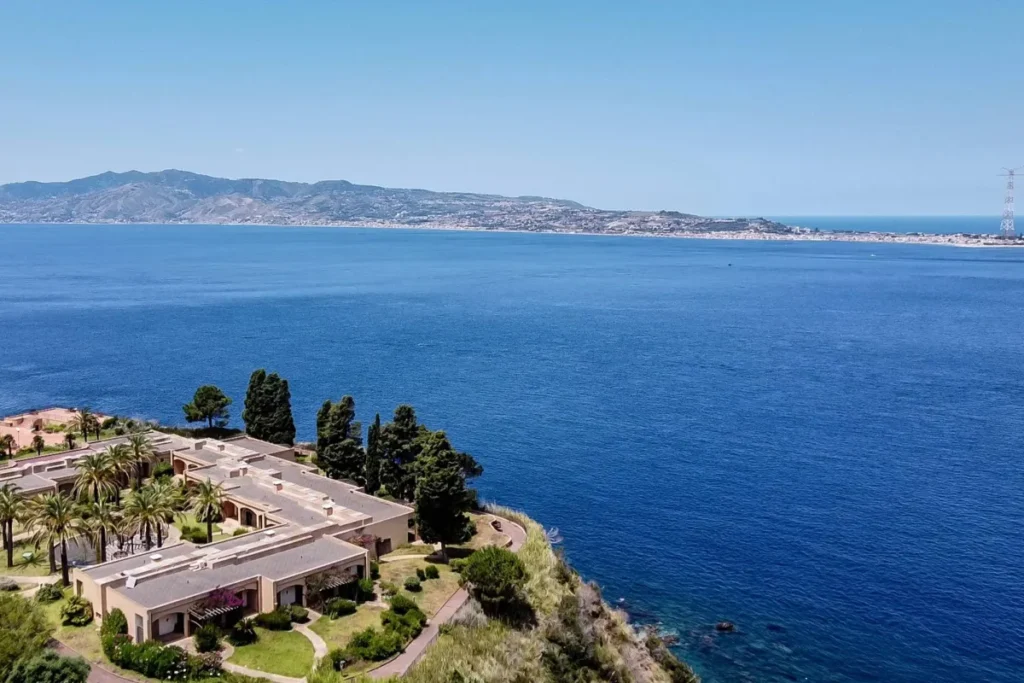Italy hopes to begin constructing the world’s largest suspension bridge connecting Sicily to the Italian mainland this summer amid widespread skepticism that it will ever be built.
The 13.5-billion-euro ($15.3-billion) project would carry trains and six lanes of traffic, allowing cars to cross the Strait of Messina in 15 minutes, AFP reported.
Giorgia Meloni’s hard-right government hopes to boost the economy of the impoverished region, although critics say there are better ways to do this — and many believe that after decades of false starts, the bridge will never actually happen.
The choppy waters between the eastern tip of Sicily and the western edge of the region of Calabria are legendary as the place where monsters Scylla and Charybdis terrified sailors in Homer’s epic poem “The Odyssey”.
These days the challenges are more prosaic, from winds of more than 100 kilometers an hour (62 mph) to the real risk of earthquakes in a region that lies across two tectonic plates.
The government says the bridge will be at the cutting edge of engineering, with the section suspended between its two pillars stretching 3.3 kilometers, the longest in the world.
But critics point to a long history of public works announced, financed and never completed in Italy, whether due to corruption or political instability, resulting in enormous losses for taxpayers.
“The public does not trust this political class and these projects that become endless construction sites,” said Luigi Storniolo, a member of protest group No Ponte (No Bridge).
Infrastructure Minister and Deputy Prime Minister Matteo Salvini, one of the main champions of the project, insists it will be a game-changer for the local economy.
“The bridge will be a catalyst for development,” he said on a recent visit to Reggio di Calabria, the city where the bridge will begin.
The government hopes to boost trade in Sicily, which currently suffers from an “insularity cost” of around 6.5 billion euros a year, according to regional authorities.
Meloni’s ministers are expected to give their final approval to the project — which Rome will fund — later this month, and Salvini insists construction will begin this summer.
But work had already been announced for the summer of 2024, before being postponed — a common theme in the history of the bridge, the idea of which dates back to the unification of Italy at the end of the 19th century.



